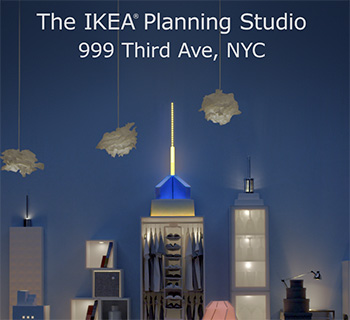Tip #1580: Finding Inspiration in Architecture
… for Visual Effects
Tip #1580: Finding Inspiration in Architecture
Larry Jordan – LarryJordan.com
Sometimes, the best place to find inspiration is where you don’t normally look.


This article, written by Vikkal Parikh, Founder and Creative Director, Ataboy Studios, first appeared in Motionographer.com. This is a summary.
The practice of motion design is, as its title suggests, a thing that is constantly changing and evolving, adapting to the world (and the technology) around it. But in order to grow and change in a way that keeps pace with the times, often motion designers have to look outside the traditional aesthetics of advertising and production spaces to different design-related fields that can offer inspiration and unique perspectives — and one of the most fascinating (and underrated) of these is architecture.
On the surface, it may seem like there aren’t many similarities between the two. But in my opinion, the foundation of any and all forms of design are essentially the same, be it architecture, product design, graphic design, motion design, or any related field. As the saying goes: “form follows function.” This idea can be applied universally to any form of design. As designers, we are problem solvers, and our goal is to come up with a solution that not only solves the problem but connects on a more personal level with the users or audience. Great architecture is an easy example of this: it not only solves the problem but makes the experience of visiting or seeing a space enjoyable in the most unexpected way.
If you’re willing to look, the world of architecture is full of beautiful and enduring creativity. I am personally a big fan of both Zaha Hadid and Mies Van Der Rohe, and they remain some of my biggest creative inspirations. They have very contradictory styles — Zaha Hadid with an emphasis on incorporating curves and creating organic shapes on an institutional scale and Mies Van Der Rohe focusing more on the space and light created in his buildings.
For those who wish to draw inspiration from nontraditional sources, the best advice I can give is to keep your eyes and ears open to the world around you. Whether it’s from reading or listening to a podcast on a certain subject or simply observing your surroundings, learning about disciplines outside your own can expand your thought process greatly.
EXTRA CREDIT
Vikkal’s article has more details and production stills illustrating his ideas.


Leave a Reply
Want to join the discussion?Feel free to contribute!